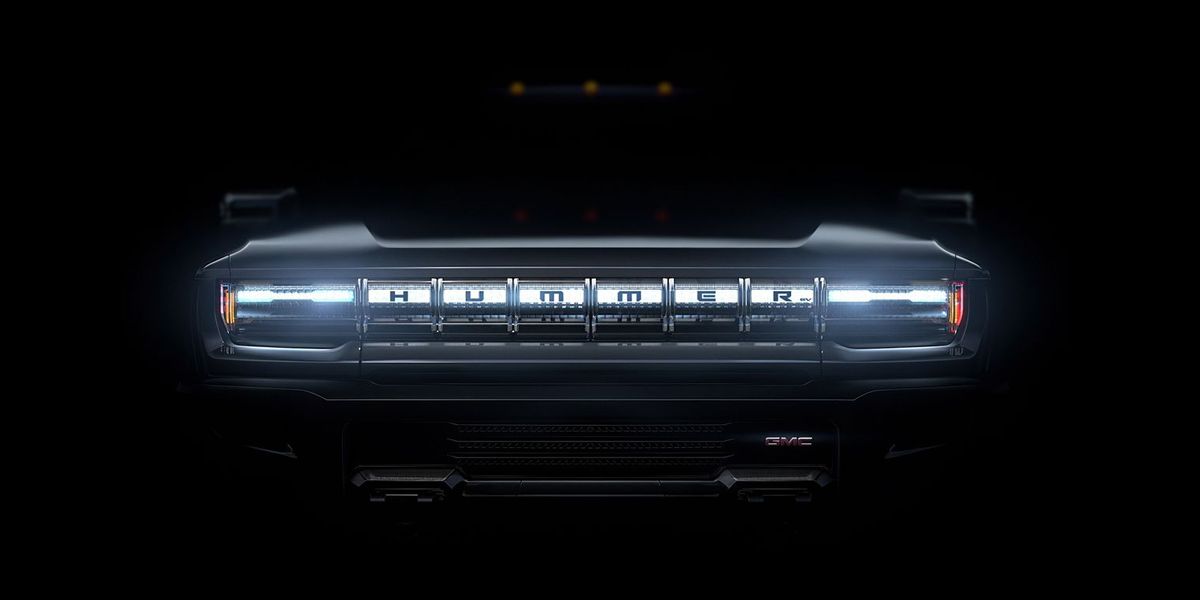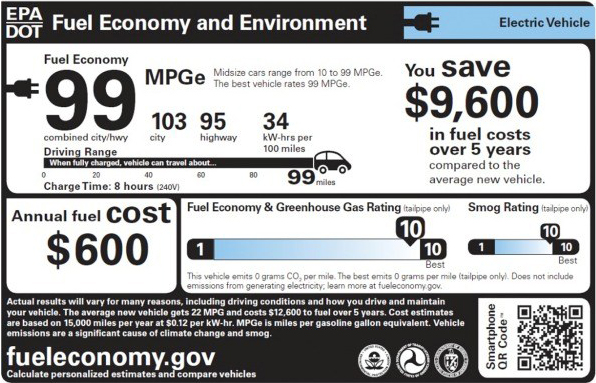Coord invites cities and other curb managers to apply for its Digital Curb Challenge to undertake a free curb management pilot program in 2020. Applications close on Feb. 14. Click here for information.
The electric Hummer is still a big environmental bummer.
GMC's Super Bowl commercial for its new 5,200-pound assault vehicle promised to unleash a "quiet revolution" — but it's really just the first salvo in an effort to rebrand SUV owners as environmentalists (even as they don't sacrifice a single unit of horsepower).
It's a seductive message, even for sustainable transportation advocates — and a dangerous one that reinforces the exact elements of car culture that are most responsible for our current climate emergency, tied up nicely in a deceptive green bow.
Why else would the New York Times fawn over the prospect of "neck-bracing, guilt-free horsepower"?
Why else would Zach Shahan, CEO of Clean Technica and a car-free commuter for 15 years, gush, "I'm excited about it simply because I expect it to bring more awareness to, and positive sentiment about, EVs, especially to the portions of the population that are most averse to 'green transportation'"?
The Hummer EV is still bad news for our climate future — full stop. In this series, we're digging deep into why.
Part I: EV's dirty manufacturing secret
Before we turn to the Hummer itself, let's take a little crash course in how we calculate how much a given electric vehicle will help our global emission picture — and how, sometimes, specific EVs like the Hummer don't help much at all.
When you buy an electric car at the dealership, you'll see a little sticker in the window that lists your new whip's miles per gallon, which is confusing at first, because no actual gallons of gasoline go into a battery-powered car. That's because the EPA is calculating something called MPGe, which just means they're figuring out how much energy in kilowatt hours it will take to power your shiny new EV when you plug it into the wall, then converting that number to a miles per gallon equivalent to give you a rough idea of how energy-efficient your vehicle actually is.
But that little number on the sticker excludes some key factors. First, it doesn't take into account the emissions involved in manufacturing the electric car, including its lithium-ion battery, which is particularly energy-intensive to produce. Lithium-ion batteries are in at ton of consumer products these days, of course, from your computer to your cell phone to your pace maker, but what makes electric car batteries unique is that they're huge: in fact, what we'll refer to as a "battery" in his article is actually shorthand for the thousands of batteries that, taken together, power a single one of these vehicles. And each of those car batteries take a ton of raw minerals to produce.
The lithium in your battery alone requires miners to use a shocking 500,000 gallons of water per ton of the mineral extracted — a process that's sucking up 65 percent of available water in the drought prone Salar de Atacama region alone.
Another key battery ingredient, cobalt, is a rare and highly toxic metal that's mined almost exclusively in the Democratic Republic of Congo, using a combination of energy-intensive electric extraction processes similar to fracking and manual processes performed largely by hand. Those hands, by the way, usually belong to child laborers working without safety equipment; a condition called "hard metal lung disease" is endemic among them, and unsafe labor practices will likely continue unchecked as long as the mineral remains largely unavailable in the rest of the world and miners have a strong incentive to push laborers as hard as possible.
Combine all of that with nickel mining — the Guardian used the phrase "churned earth blanketed in cancerous dust" to describe the effect that delightful process — and all the usual horrific waste that goes into creating the body of a car, the entire manufacturing process for an EV can exceed the emissions involved in manufacturing an equivalent gasoline-powered vehicle by as much as 68 percent for large, long-range vehicles.
Now, that gap in emissions usually gets closed within 18 months of driving, according to the Union of Concerned Scientists, and Shahan points out that electric car batteries are sometimes recycled. But still that doesn't mean that the sticker on your windshield is giving you the full cradle-to-grave picture for what your EV is costing the planet.
The Hummer team hasn't released many specs on the Hummer EV, so we don't yet know what the specific emissions impact of manufacturing it will be. But here's what we do know: the company is teasing the Hummer's off-road capabilities and the ability to accelerate from zero to 60 miles per hour in just three seconds, claims that suggest the monster-car will have "at least two electric motors," according to automotive experts. More motors means more emissions released in the manufacturing process, as does the gargantuan size of the vehicle body itself: if the Hummer EV ends up being roughly comparable in weight to other luxury SUVs like the 4,735-pound Land Rover Discovery, its carbon footprint at the manufacturing stage will probably be comparable to those models, too. For the Land Rover, that number is 35 tons of carbon emissions, compared to just six tons for small-format cars like the Citroen C1.
And remember: the Hummer will almost certainly be bigger and more energy-intensive to produce than the Discovery.
But that's not the worst news about the Hummer EV. Tune in tomorrow to find out about what will happen to our global climate picture when this electric edition of the infamous mega-car finally leaves the lot.






